Dressing professionally is vital for success in an office or academic environment; showing up in sloppy attire probably won't get you the job or raise that you're hoping for! Although what constitutes as 'professional' varies from office to office, there are a few key style guidelines to follow.
Steps
Determining How Formal to Dress
-
Consider the setting. Whether you are applying for a job, attending a regular day at the office, or appearing at a formal school function, you should always dress to match the setting. Some offices/events will provide a dress code (typically business casual, business formal, or black tie), but if they don’t then you’ll have to estimate based on the seriousness/intimacy of the event. Daily dress code is normally business casual for less formal jobs (teaching, office work, state jobs), while business formal is used for more high-profile jobs (government officials, managing workers, accounting, etc.).
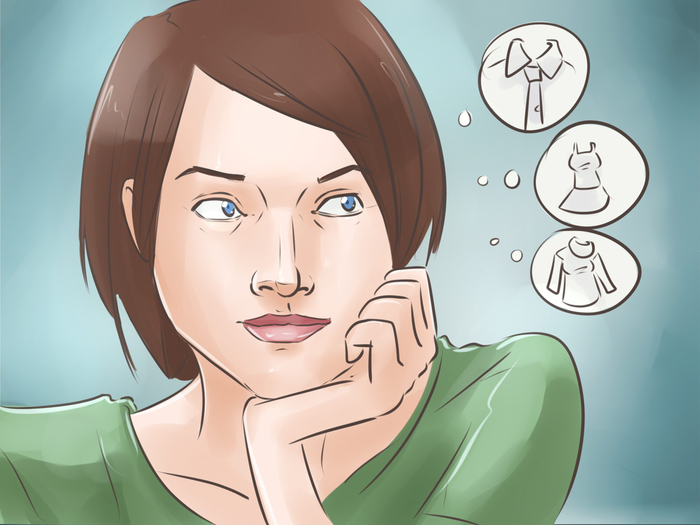
- Black tie is typically only used only for very special events, and will almost always be specified.
- Typically, the higher ranked/paying your job is, the more professional you should be dressing for it.
-
Dress for the weather. Just as you change your casual wardrobe based on the seasons, so does professional dress code slightly change based on different types of weather. When it gets cold, it is appropriate to wear several layers of appropriate clothing and even throw on a nice scarf. When weather is particularly warm, women can wear skirts that hit the knee, while men can remove their jacket and sometimes get away with wearing a short sleeve shirt.
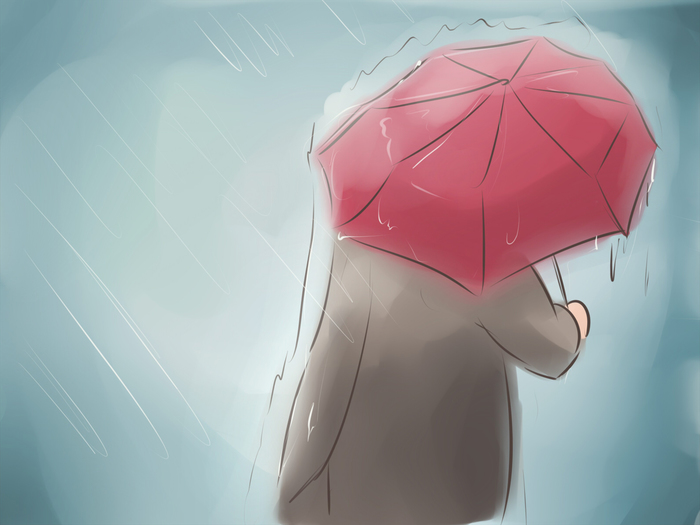
- Keep in mind that the amount of added skin you show will be slightly different in business casual/formal settings.
- If you choose to remove layers of clothing, make sure you are in no way being revealing or inappropriate about the skin you choose to show.
-
Know what colors to wear. Although different offices are more acceptable of different color schemes, in general you should try to stick to a neutral color palette. In each outfit, try to incorporate a classic neutral tone of either: black, brown, gray, tan, or navy blue. You can use bright or bold colors as well, but make sure that they aren’t distracting or gaudy. When in doubt, stick to pastels and muted tones.

-
Pay attention to those around you. If you’re not quite sure exactly how formal/casual to dress, try looking at the clothing choices of those in your profession, at your office, or attending the same event as you. In general, it’s better to be overdressed than it is to be underdressed. If you aren’t able to get a good glimpse or have a chat with someone in your field, try searching images on the internet for your job/event profile. Pay attention to the appearance of people in these images, and mimic those whose style you can relate to.
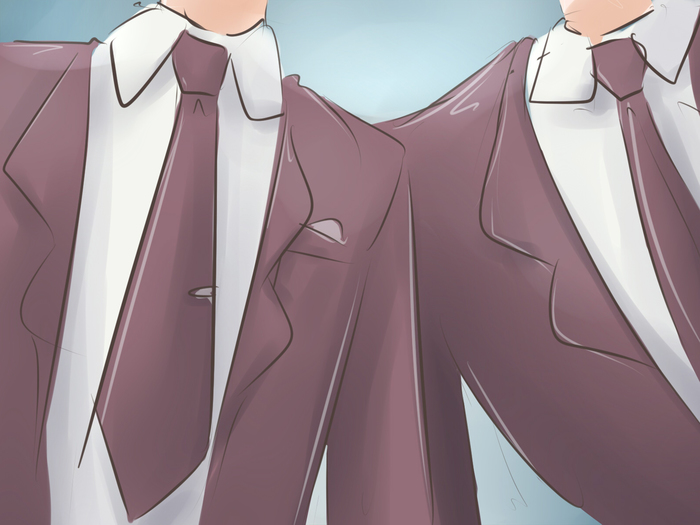
-
Remember to complete your look to appear professional. If you have an incredibly professional outfit but are lacking personal hygiene or have wild hair, the overall vibe of your appearance will deteriorate significantly. Make sure that you’re treating your entire appearance, including hair, skin, and hygiene, with the same professional care as you do with your clothing. If nothing else, being well groomed can enhance the appearance of an outfit that is too casual for the workplace.
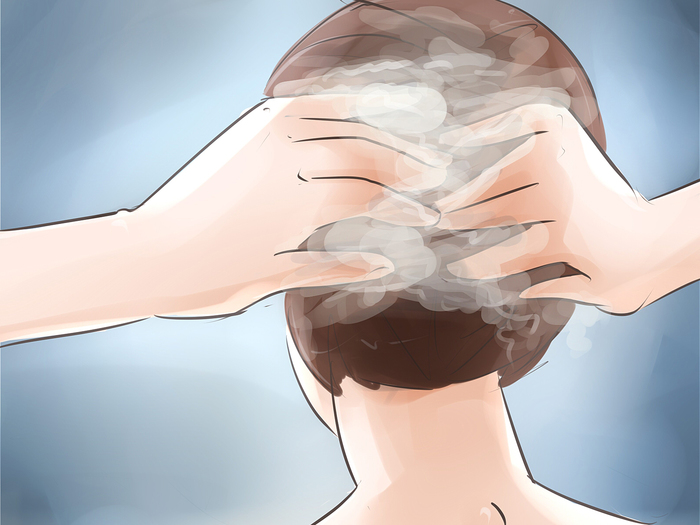
Dressing Business Casual
-
Get a selection of appropriate shirts. For men and women alike, business casual typically consists of a clean, pressed button-up shirt and a pair of neutral slacks. For men, look for shirts that are long or short sleeved, polos, button up’s, and in a solid, plaid, or striped pattern. For women, button-up shirts (long or short sleeved), silk blouses, and knee-length sleeved dresses are appropriate.
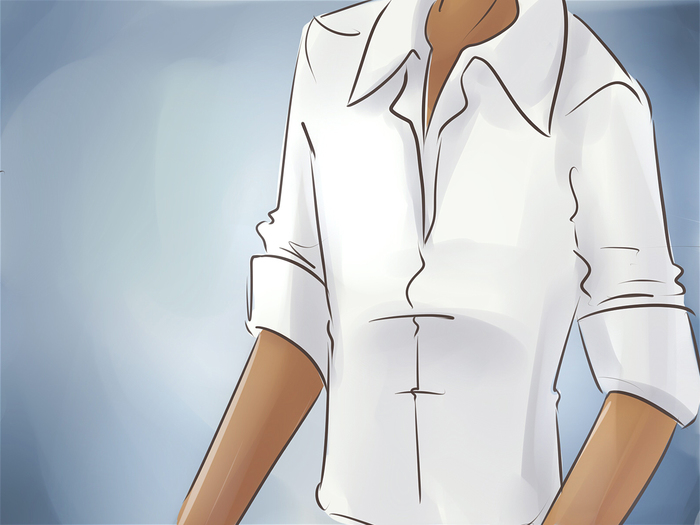
-
Choose the right bottoms. In terms of pants for the office, the theme is the same for men and women both. Find a few pairs of black, navy blue, khaki, or brown pants to sport on a daily basis. Avoid patterns other than a very subtle pinstripe; patterned pants can generally look tacky and don’t translate well for office attire. As a woman, you can also choose to throw a few knee or ankle length skirts into the mixed in the same aforementioned color palette.
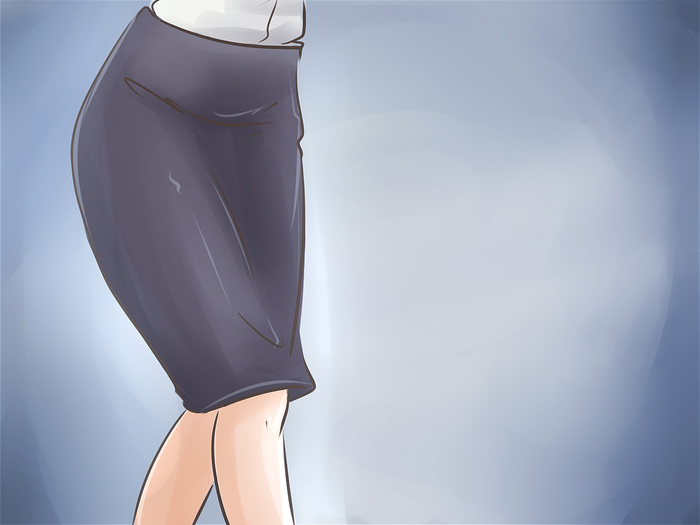
- Whether or not it’s before or after labor day, you should avoid wearing white pants or a skirt.
- A patterned skirt can be appropriate for women, so long as it isn’t too obnoxiously bright or boldly patterned. Think a small floral or geometric print.
-
Select a few jackets or sweaters. It will inevitably get chilly, so make sure you have the right items for cold weather. Men can choose to wear a cardigan, sweater, or sports coat over the top of their button up shirt for a smart look. Women can wear layered sweaters, cardigans, and structured jackets and blazers to good effect. When desired/necessary, a pashmina or cashmere scarf can be worn for added warmth and style.
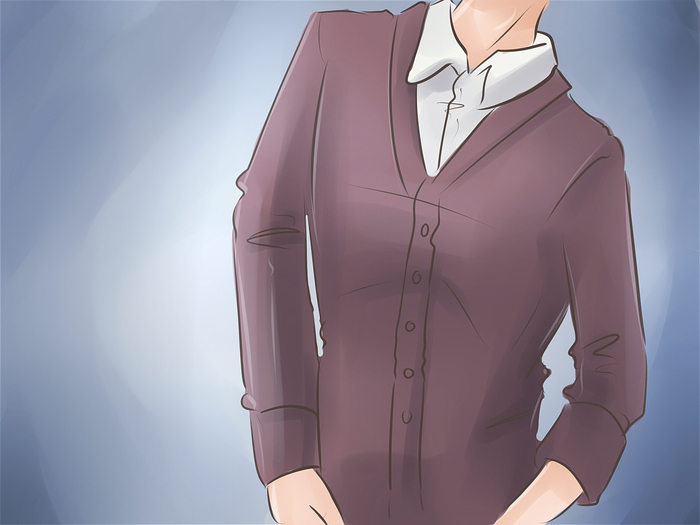
-
Consider wearing dresses (for women). Dresses are sometimes appropriate in a business casual setting, so long as they follow a few basic guidelines. Dresses should be knee-length or longer, expose no skin below the collarbone, and mostly cover the shoulders. Small patterns and solid colors work best, and can be accessorized for added visual interest. Throw on a cardigan to cover up your arms, and you’re set!
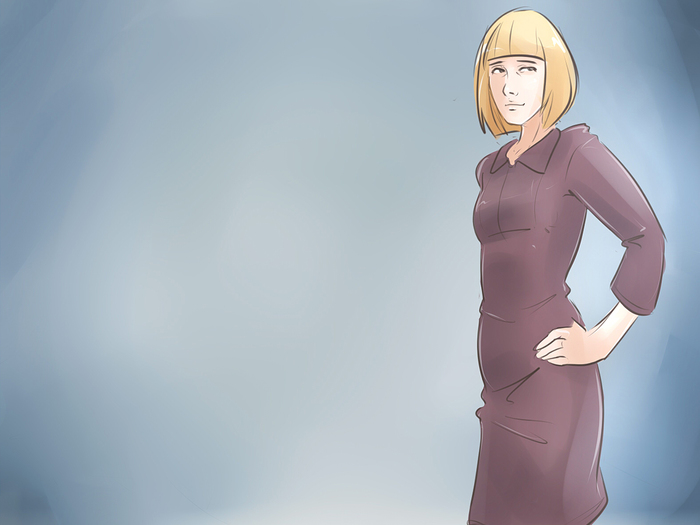
-
Pick the right shoes. Business casual offices vary widely in shoe choice, based on the type of environment you’re working in. In general, most office settings will expect close-toed shoes from both genders. Men’s shoes should always lace up, and should not be ‘slip ons’. Women can wear flats or heels, but they must be in good condition and quality. In general, stick to neutral colored shoes and stay away from patterns.

Dressing Business Formal
-
Pick an assortment of suits. Dressing business formal is in some ways easier than in business casual, because it’s mainly a matching game. Both genders are typically expected to wear suits in neutral colors. Therefore, both men and women should have multiple matching suit sets that come with pants. Women can also choose to wear a skirt suit, if so desired. Suits should be tailored for fit, in solid colors or pinstripes, and in good condition. Skirt suits should be knee-length and not too tight.
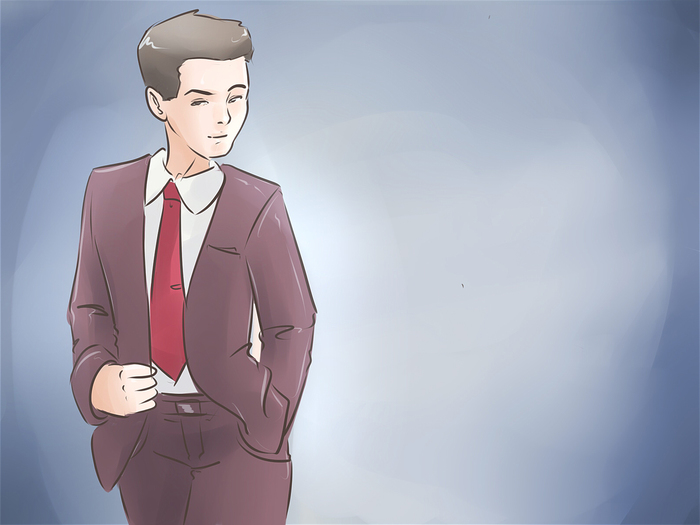
-
Choose the right tops. Similar to the guidelines for suits, the shirts to go with them should be solid or pinstriped, tailored for fit, and in good condition. There is a bit more leeway for shirt color, as not much of it shows through a suit. Men should match their shirts to their ties, and women can choose shirts in any color so long as they are not too revealing or tight.
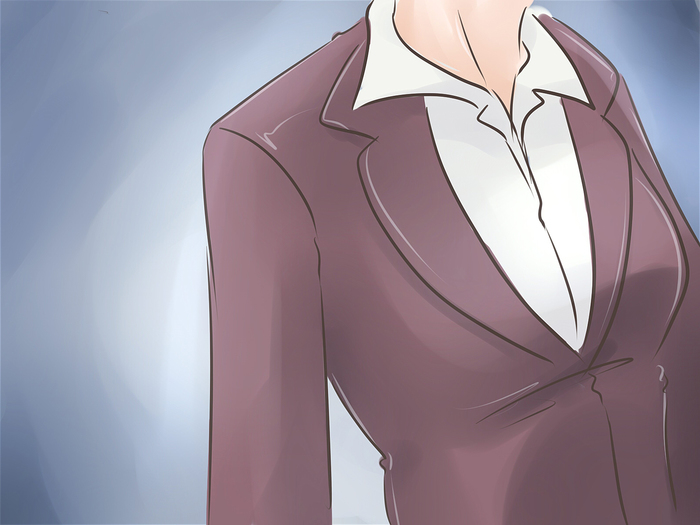
-
Select a variety of ties (for men). There are many ties available on the market, but not all are appropriate for business formal dress code. Ties should be either solid color, or have a small (no larger than a quarter) sized print that covers them. Avoid ties that have more than 3-4 colors total, and which have an image or scene printed onto them. Keep in mind that your ties should match both your shirts and your suits, so don’t buy any that are too crazy and don’t coordinate with the rest of your wardrobe.
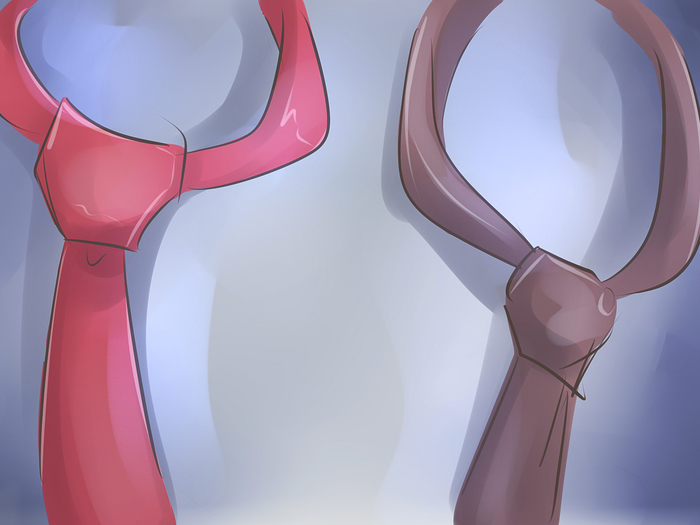
-
Wear an assortment of dresses (for women). Dresses can easily be worn in a business formal setting, but only the right style of dresses will fit in. Choose dresses that are knee length or longer, and are in a subtle print or solid color. Dresses should not be too tight fitting and should not be revealing. To make a dress more formal, add a suit jacket or blazer to the top and some quality jewelry.
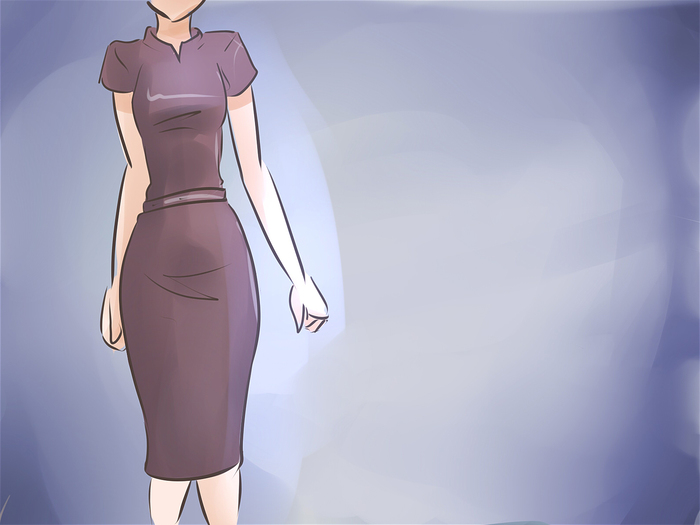
-
Choose the right shoes for the job. Business formal jobs all require quality footwear, typically made of leather (or similar high-quality material). Men should always wear leather lace up shoes, often in the baroque or oxford style. Women should wear heels or flats that lack embellishment and are of high quality material. Shoes should typically stay within the neutral color zone, but can sometimes be worn in a very dark hue (such as burgundy or forest green).
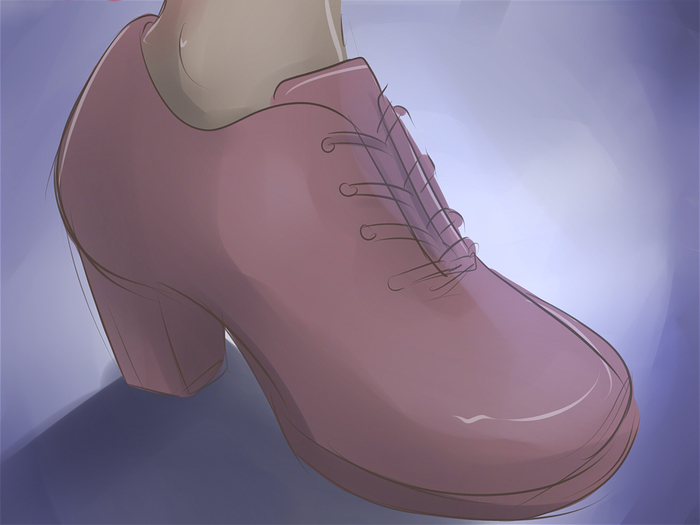
Avoiding Common Mistakes
-
Never wear jeans. This is an easy pitfall to slip into, especially in a business casual office. However low-key your office seems, you should never wear jeans to work. Jeans are intended for leisure time and work outdoors, and give the appearance of laziness or sloppiness in a workplace.
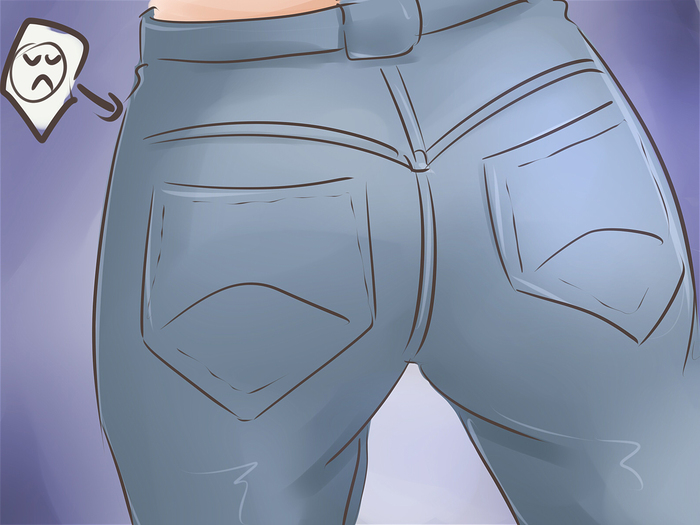
-
Keep your accessories to a minimum. Although it can be fun to pile on jewelry (big or small), bags, briefcases, belts, scarves, and hair pieces, putting on too many accessories can give the appearance of lost youth. Both genders should avoid wearing more than a single necklace, earrings, and one ring per hand at any time. Only a single bag or briefcase (never a fanny pack!) should be brought to work, and hats are never acceptable in the office.
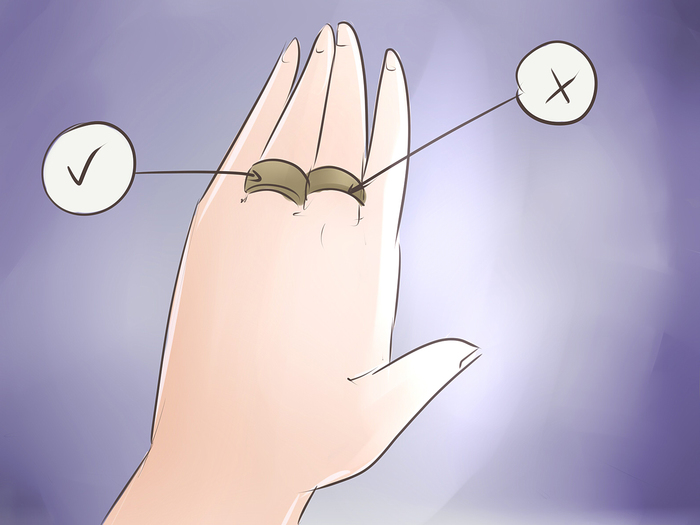
-
Try to cover up body modifications. Although not all offices advertise a preference for clear-skinned individuals, most workplaces expect employees to be as natural as possible. If you have large tattoos in obvious places or body piercings outside the ears, it may be necessary to slightly adjust your clothing to cover them. There is nothing wrong with having these things, but according to traditional dress code, they shouldn’t be shown when you’re on the clock.
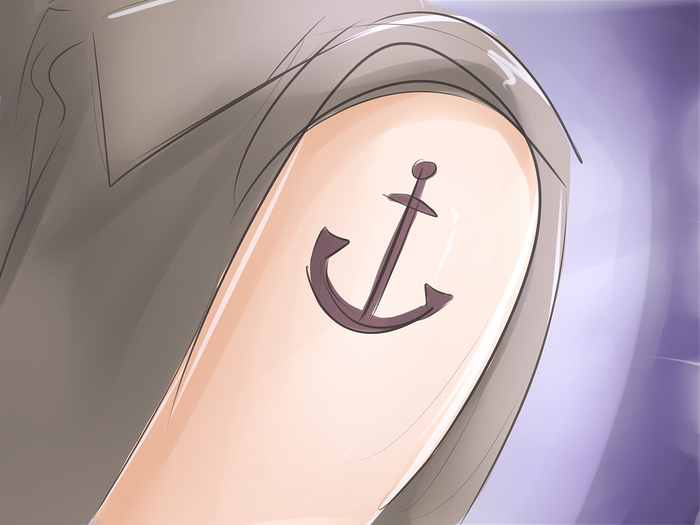
-
Keep your clothes in good condition. We all have those days when we sleep through our alarm and are rushing out the door, but that isn’t an excuse for wearing clothes that are dirty, stained, or wrinkled. Make sure you always wear clothes that are clean and pressed, or else give the impression of poor hygiene. Practice setting out your outfit the night before you wear it, so you’re never at a loss for what to wear. Additionally, do your laundry once a week (ironing when necessary) so that you don’t deplete your arsenal of clean clothing and be forced to wear dirty clothes.
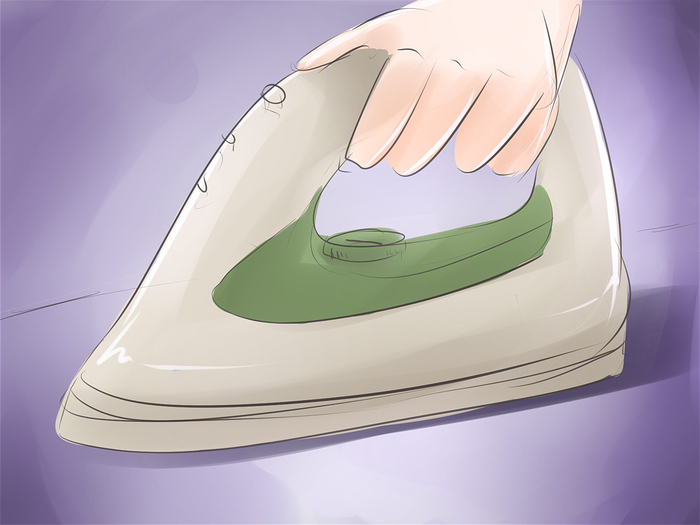
-
Don’t repeat outfits in the same week. Whether you’re running late or you just really love an outfit, it is in poor taste to wear the same outfit in a seven day work period. Although mixing and matching pieces from the same outfit is totally fine, wearing an entire ensemble multiple times in the same week gives the impression of sloppiness and laziness. Try practicing the two week rule, in which you only wear an outfit (where every piece is being repeated) only once in a two-week period.
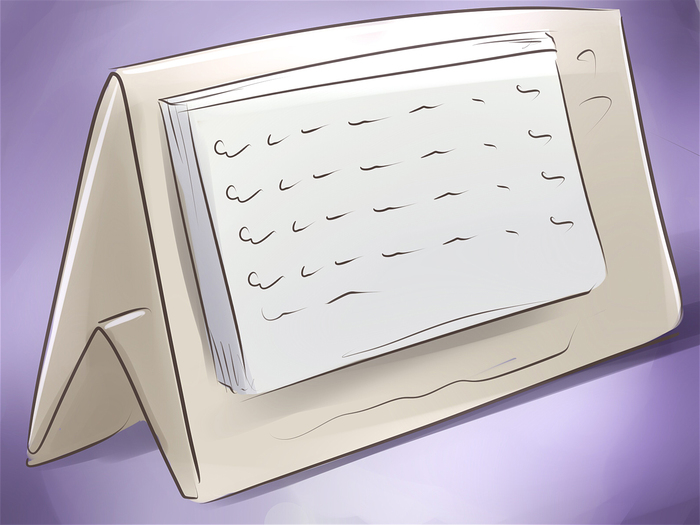
-
Match your ensembles. Having all the right wardrobe pieces is great, but if you don’t match them together, you could be left with a train-wreck of an outfit. Make sure that your tops and bottoms all correspond with the same color palette, and avoid mixing multiple prints at once. As long as you match all your neutrals and add in a pop of color, you’ll likely be in good shape.
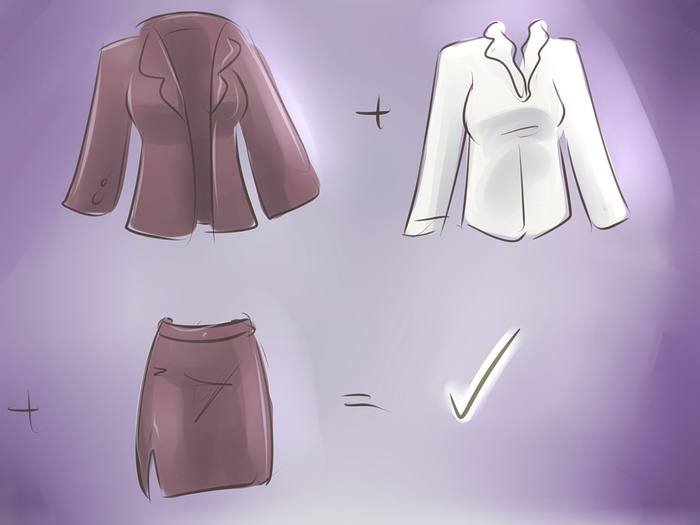
Tips
- Always use deodorant, although avoid using anything with too strong of a scent.
- Don't wear clothes that are too baggy or too tight.